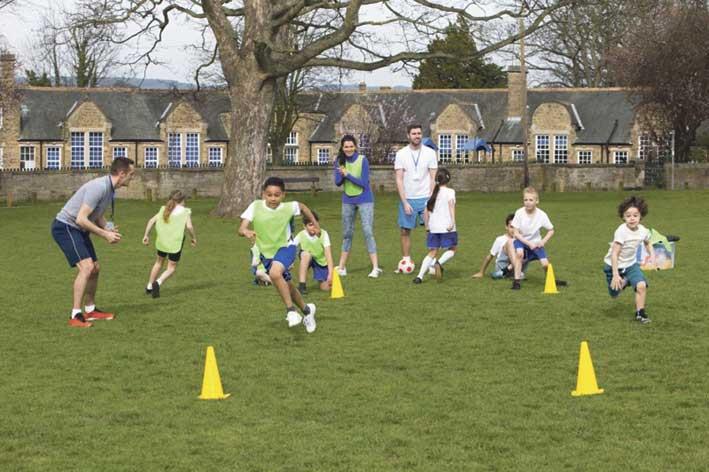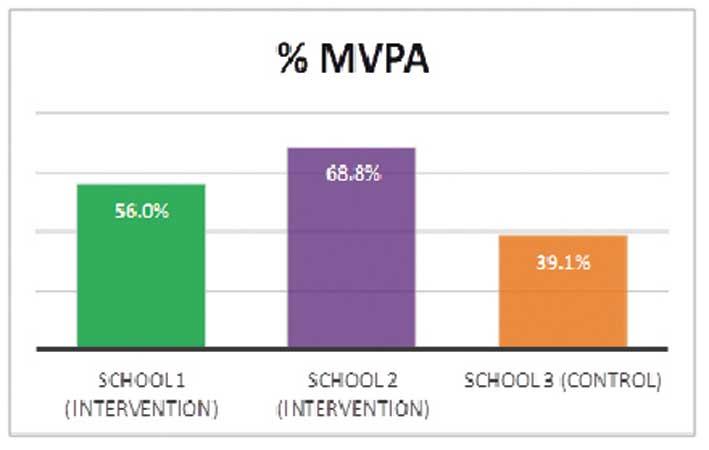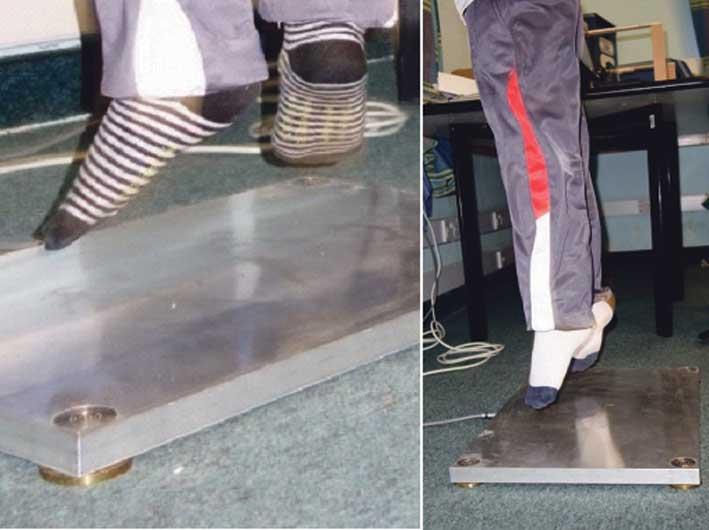Childhood obesity is a critical public health concern in Malta. Its prevalence tripled since the 1980s and currently, Malta is the number one country with the highest rate of overweight and obese children surpassing North America. This is further emphasised by the recent National Body Mass Index (BMI) study in which almost 40% of primary and 43% of secondary school children were found to be overweight or obese.
Even though this problem is acknowledged as a crisis in Malta, given its numerous complications within physical, psychological, social and economic sectors, the main strategy of action is mainly from a nutritional point of view, that is, promoting healthy lunches, giving nutritional talks about healthy food in schools and limiting tuck shop products to healthy food and beverages. Yes, there are plenty of sporting opportunities for both children and adults with the involvement of local councils and subsidised sport activities namely On the Move by SportMalta. However, the decision to do sports is still left to the individual's or parents' discretion. This is why we should aim to reach the majority of children through the school system and its physical education (PE) curriculum.

First and foremost, the best way to manage childhood obesity is prevention through healthy eating and an active lifestyle taught from an early age. However, as will be explained further on, regular adequate-intensity physical activity achieved during school, is both feasible and an effective method to achieve benefits from health-enhancing physical activity, namely weight loss in overweight/obese children and healthy weight maintenance for normal-weight children.
To date, no school-based physical activity intervention programme has been carried out in Malta. This particular intervention aims to improve the moderate to vigorous physical activity (MVPA) portion acquired by children during PE lessons to more than half of the lesson time. Not all physical activity is beneficial for health. To be beneficial, the heart rate should be raised and the person should feel slightly breathless and sweaty. This intensity is known as MVPA and the WHO recommends that children between five and 17 years of age should acquire at least 60 minutes of MVPA per day. Moreover, the American Heart Association and American Stroke Association recommended that since children spend half of their time at school, at least 30 minutes of the daily MVPA should be acquired at school.
In my study, 120, nine-to-10-year-old students were recruited from three primary schools in St Benedict's College. Two schools were provided with a research-based PE curriculum that aimed to increase the MVPA acquired in class. The other school, which delivered the standard national PE curriculum, was used as a control. Spark was the PE curriculum of choice. It stands for Sports, Play and Active Recreation for Kids and is a research-based curriculum used in many countries since 1981, however, it was never trialled in Malta. A number of papers have been published portraying its effectiveness on various outcomes. However, of note, is its identification by the CDC and HSC Foundation as a national model for programmes designed to combat childhood obesity through physical activity.
As shown from the first graph, the main aim of the study was reached since children in both intervention schools spent more than half of lesson time in MVPA whereas children in the control group only spent 39% of their lesson time in MVPA (Figure below).

There was a significant decrease in BMI z-scores in the intervention group. This implies that there was actual reduction in weight in children who underwent the PE intervention. Moreover, there also was a significant reduction in resting heart rate portraying improved cardiovascular fitness in children in the intervention group. As part of the study, students were asked to jump on a force platform according to a specific protocol and their jump height was calculated. Jump height improved in all three schools but was only significant in the intervention group (Figure 2).
A questionnaire was also filled up by the students participating in the study and it showed that children undergoing Spark PE curriculum have increased in their overall amount of general physical activity both after school and during the weekends.

To finish, students' academic achievement was analysed because the study was set in a country in which academia is given a higher priority than PA by both teachers and parents. It is set in this country's mentality to push children more academically rather than in their physical activity feats. The study results were in line with the report of the Centres for Disease Control and Prevention (CDC) review on school-based physical activity, which urges that physical activity does not affect academic performance. Moreover, it stated that by increasing the time for PE, academic performance will not be diminished. Annual results marks have decreased overall, but the decrease was not significant and was probably due to the increase in difficulty of the subjects. It should be kept in mind that when the body is active and exercises regularly, physiologic changes occur instantaneously. Improvements in one's weight may include a reduction of depression and anxiety and an increase in self-esteem. These effects can lead to a positive relationship with academic performance. Increased blood flow to the brain helps information to be retained and enables the individual to understand, remember and retrieve information at a quicker rate.
In conclusion, this study, which was partially funded by Endeavour scholarships scheme and supervised by Professor Nachiappan Chockalingam, Dr Cynthia Formosa and Dr Alfred Gatt, has shown that a school-based physical intervention is a feasible and effective method and should be considered as a public health strategy in the fight against childhood obesity. Moreover, it introduced an innovative concept of student performance testing through objective biomechanical analysis.
Dr Amanda Fenech MD, MRCPCH (UK), M.Sc. (Melit) is a Paediatric trainee at Mater Dei Hospital